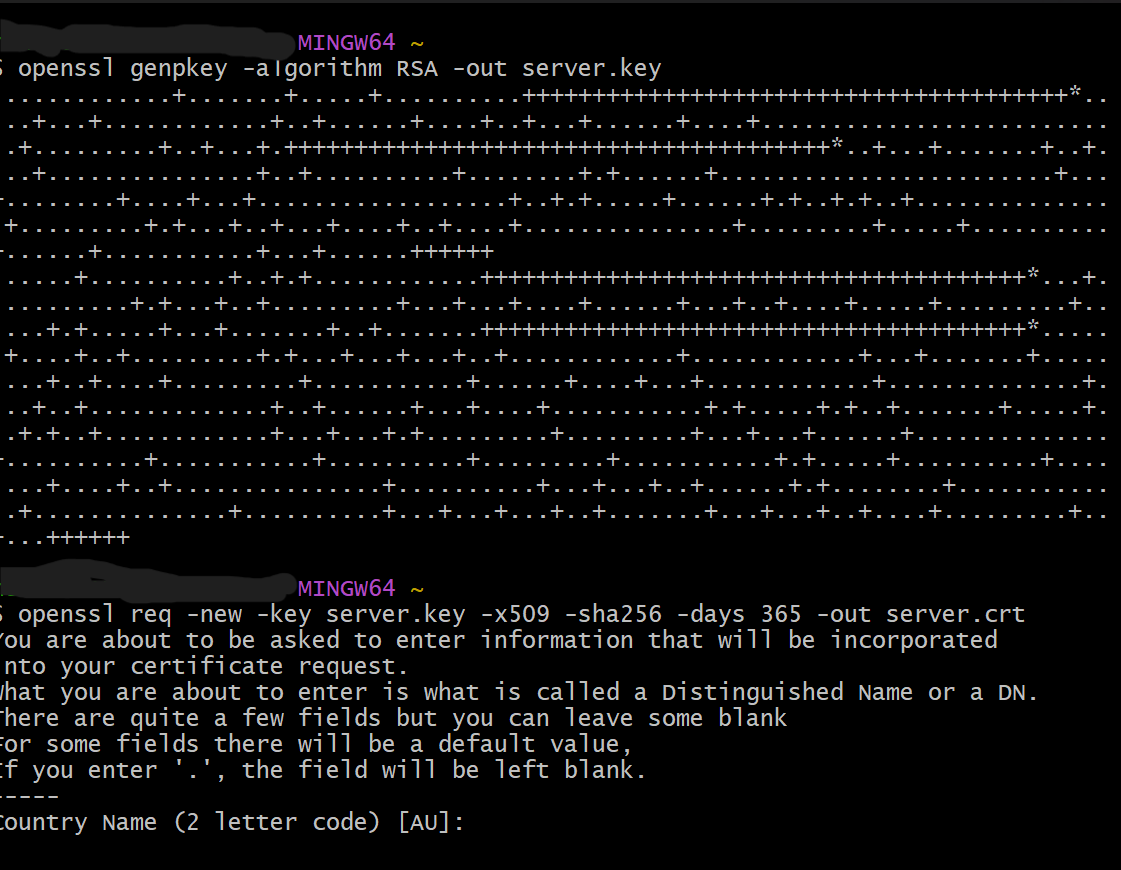Discuss how to best manage user expectations when patching devices in your network.

Effectively managing patching expectations with users is essential in maintaining system security while minimizing disruptions. In this essay, we will explore strategies to efficiently manage user expectations during the patching process, recognizing that users often have unique considerations and concerns. A CEO may need to travel with a laptop and be online at odd hours, a research program may need to run for hours uninterrupted, and more are some of the unique challenges faced when updating devices.
The key to managing patching expectations is prioritization. Critical security patches should be applied promptly, while less critical ones can be scheduled during maintenance windows. This approach ensures that the most pressing vulnerabilities are addressed quickly, reducing security risks. Patches need to be prioritized so that IT personnel have a good reason to provide to end users when a device may need to be updated. This should coincide with company policy about what constitutes a critical security risk for the organization. Another idea is to communicate and design the patching schedule in a customized manner. For research this may be done weekly on a Sunday night, for the CEO you may need to patch on a Wednesday afternoon. Timing dependent on the patching schedule should be customized and mildly flexible to allow for different departments. This should be considered when announcing the need for an update. It is important for the IT team to notify each patch group individually instead of accidentally telling the CEO their device will be updated at the same time as the research team. Avoiding confusion and making each department feel special is a great way to gain the trust and support of users.
Preparing for exceptions to policy is also extremely important when managing system patches. While adhering to patching policies is crucial, consider exceptions for users with unique requirements. Evaluating exception requests case-by-case, is crucial to balance the risks and user-specific needs. Expectation policies should again be devised while preparing a company policy for patching devices. This gives IT staff more backing when denying exceptions and helps offload decision making to those that would approve the policy.
In conclusion, effectively managing patching expectations is a fundamental component of maintaining system security and ensuring the smooth operation of an organization's IT infrastructure. User expectations can vary widely due to unique considerations and concerns, such as CEOs requiring round-the-clock access or research programs that demand uninterrupted operation. To address these challenges, a well-defined patching strategy must be implemented. A valid patching system begins with policy that is rooted in prioritization and communication to balance security concerns and user experience.
Company: ImportLearn
Published Date: Sat Jan 20 2024 00:00:00 GMT+0000 (Coordinated Universal Time)
View Team

An introduction to a few concepts needed to understand the exciting world of artificial intelligence (AI).
Read More
Learn about how goal-based agents in artificial intelligence utilize depth and breadth first search algorithms.
Read More
Method for generating SSL/ TLS Certificate in a Linux environment
Read More